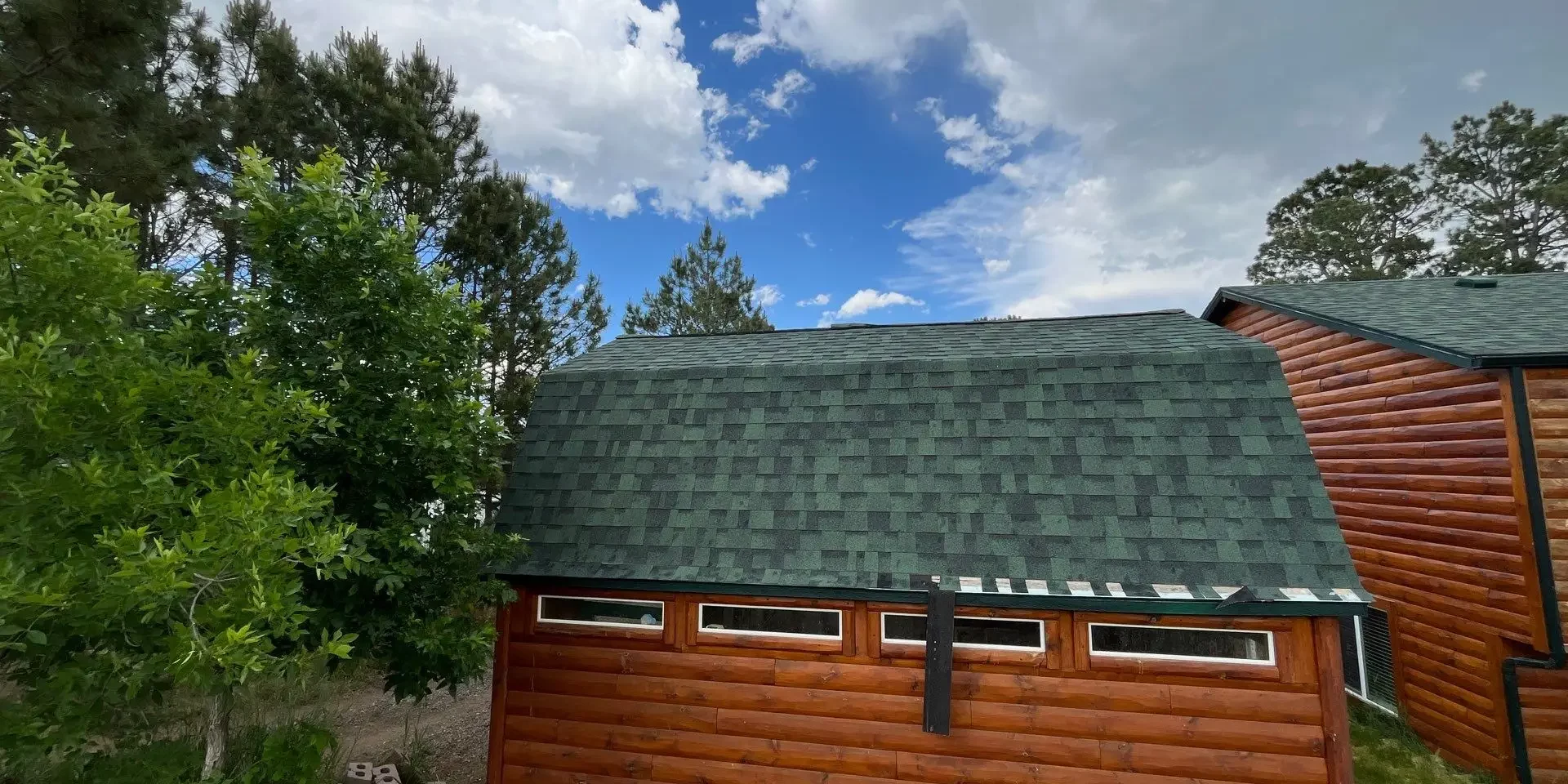Are Roofing Shingles Prone to Burning?
Understanding the Fire Resistance of Roofing Shingles
When considering roofing materials, understanding their fire resistance is crucial for ensuring the safety of your home. Roofing shingles are commonly used due to their durability and aesthetic appeal, but questions often arise about their susceptibility to fire. This article explores the fire resistance of roofing shingles, the types available, and the best practices for enhancing your roof’s fire safety.
Types of Roofing Shingles and Their Fire Ratings
Asphalt Shingles
Asphalt shingles are the most popular roofing material in the United States. They are composed of a fiberglass or cellulose mat coated with asphalt and granules. Asphalt shingles are rated for fire resistance using a three-tier system:
- Class A: The highest rating, offering the best fire resistance. These shingles can withstand severe exposure to fire.
- Class B: Provides moderate fire resistance and can withstand moderate exposure to fire.
- Class C: The lowest rating, offering minimal fire resistance. These shingles can withstand light exposure to fire.
Wood Shingles and Shakes
Wood shingles and shakes are made from natural wood, typically cedar, and are highly combustible. However, they can be treated with fire-retardant chemicals to improve their fire resistance. Treated wood shingles can achieve a Class B or C rating, but untreated wood shingles are not recommended for areas prone to wildfires or where fire safety is a significant concern.
Metal Shingles
Metal shingles are known for their durability and resistance to various weather conditions, including fire. Metal roofs are typically classified as Class A because they are non-combustible. This makes them an excellent choice for areas with high fire risk.
Slate and Tile Shingles
Slate and tile shingles are naturally fire-resistant materials. Both slate and clay tiles are classified as Class A due to their non-combustible nature. These materials not only provide excellent fire resistance but also add a distinctive aesthetic appeal to homes.
Factors Affecting the Fire Resistance of Roofing Shingles
Installation Techniques
Proper installation plays a significant role in the fire resistance of roofing shingles. Ensuring that shingles are securely fastened and that there are no gaps or vulnerabilities can help prevent the spread of fire.
Underlayment
The underlayment, or the layer beneath the shingles, also impacts fire resistance. Using fire-resistant materials such as fiberglass-reinforced underlayment can enhance the overall fire resistance of the roof.
Roof Slope
The slope of the roof can affect how quickly fire spreads. Steeper slopes tend to be more resistant to fire spread compared to flatter roofs.
Enhancing Fire Safety for Your Roof
Regular Maintenance
Regular maintenance, including cleaning gutters and removing debris, can significantly reduce the risk of fire. Dry leaves and other debris can act as kindling and increase the likelihood of fire spreading to the roof.
Fire-Resistant Barriers
Installing fire-resistant barriers around the perimeter of the roof can provide an additional layer of protection. These barriers can help prevent external fires from reaching the roof.
Professional Inspection
Having your roof inspected by professionals, such as GCCS Roofing, Inc. in Littleton, CO, can help identify potential fire hazards and ensure that your roof meets the necessary fire safety standards.
Conclusion
Roofing shingles can vary widely in their fire resistance, and choosing the right type can significantly impact your home’s safety. By understanding the fire ratings of different shingles, the importance of proper installation and maintenance, and additional fire safety measures, homeowners can make informed decisions to protect their property from fire hazards. Prioritizing fire-resistant materials and professional guidance will help ensure a safer and more secure home environment.







